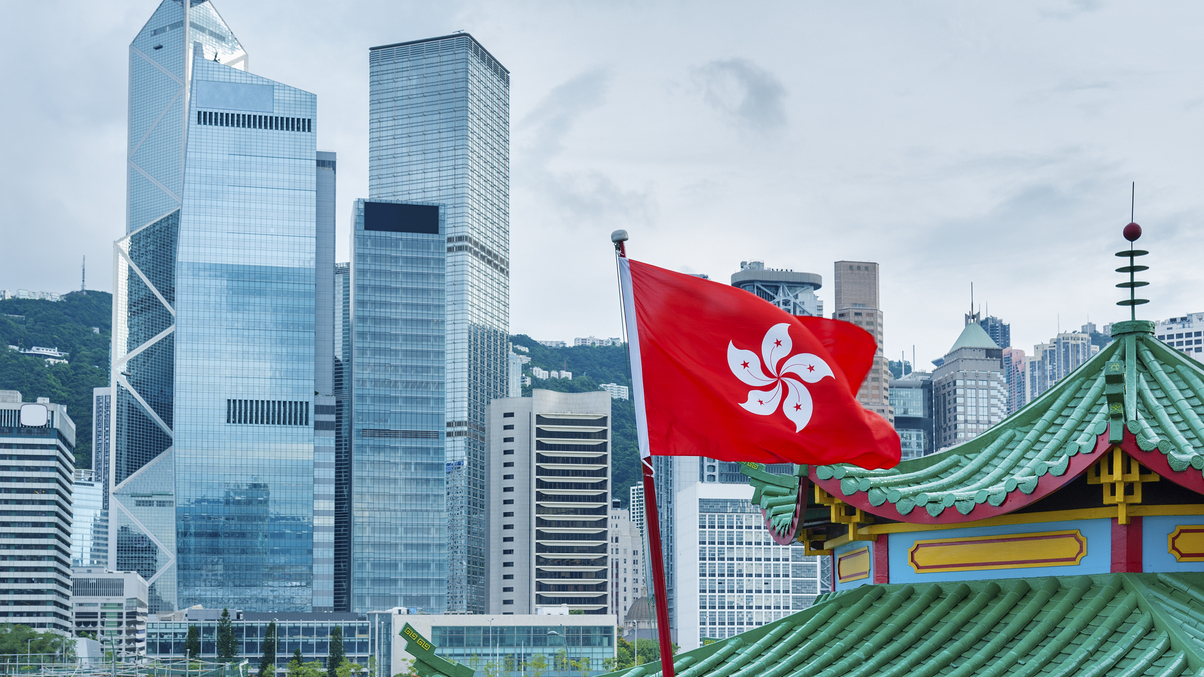Investors eye Greater Bay Area, Singapore as Asia Pacific commercial real estate recovers
Regional transactions are bouncing back to pre-Covid levels, but experts caution that each geography requires a different investment strategy.

Commercial real estate transactions in Asia Pacific are closing in on pre-Covid levels, with experts from Manulife, CBRE and Schroders eyeing assets in Singapore and the Greater Bay Area, even as Covid risks linger.
Sign in to read on!
Registered users get 2 free articles in 30 days.
Subscribers have full unlimited access to AsianInvestor
Not signed up? New users get 2 free articles per month, plus a 7-day unlimited free trial.
¬ Haymarket Media Limited. All rights reserved.


